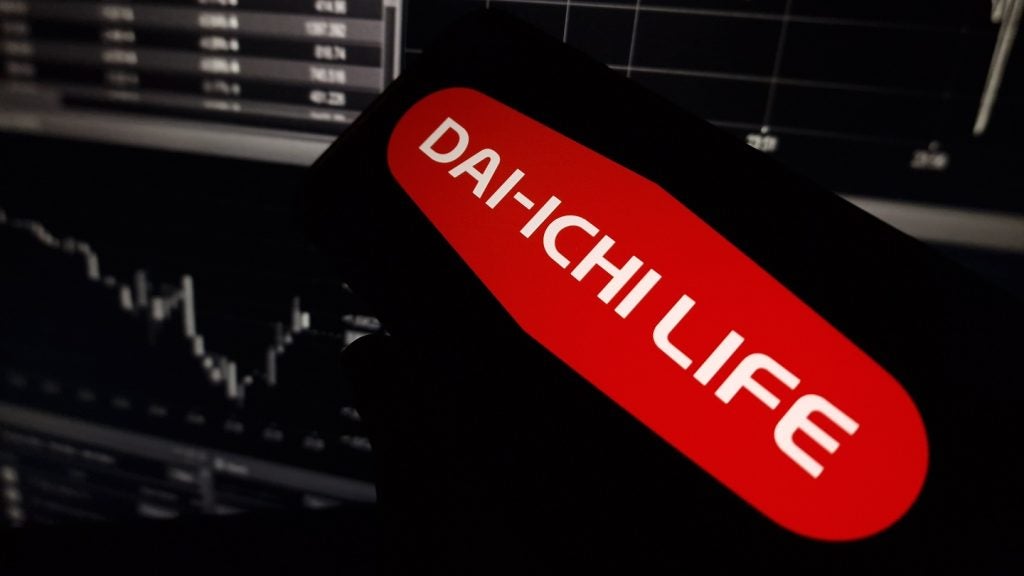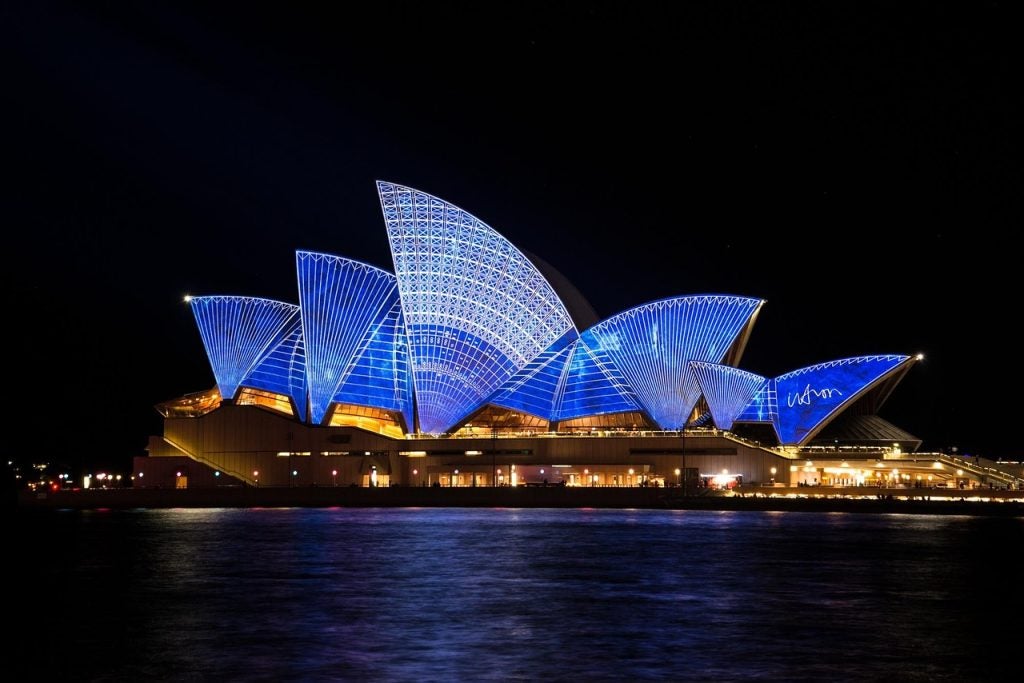Industry Attractiveness
Hungarian GDP declined at a CAGR of -4.8% between 2008 and 2012, but grew by 1.7% in 2011, although this was slower growth than other Central and Eastern European (CEE) countries, mainly due to the global financial and eurozone debt crises. Negatively impacted by the subdued economic environment and domestic demand, the industry’s written premium value declined a CAGR of 1.6%, to value HUF814.1 billion (US$3.7 billion) in 2012. The country’s insurance penetration rate also fell steadily, from 1.5% in 2008 to 1.2% in 2012.
The impact of the global financial crisis on the industry is illustrated by the 6.6% annual decline in overall insurance written premiums in between 2008 and 2009. However, the industry recovered and recorded an annual growth of 2.4% in 2010, primarily due to a 16.3% annual increase in individual life premiums and a 30.9% rise in premiums for personal accident products. The industry again declined by 3.45% in 2011, mainly due to 11.0% and 18.9% contractions in the endowment and motor insurance categories respectively. Recovery in the financial markets combined with the introduction of uniform tax rates in 2011, and fewer occurrences of natural disasters, led to a 1.4% rise in premiums in 2012 over 2011.
The Hungarian insurance industry is regulated by the Hungarian Financial Supervisory Authority. The insurance regulator had originally planned to implement Solvency II requirements by 2013 to improve the industry’s financial position. However, they are now likely to be implemented by 2016. Adoption of the directive expected to encourage qualitative changes in insurance companies’ risk management strategies, and introduce new capital requirements for insurance companies, which is expected to increase the cost of transformation.
Within the Hungarian insurance industry, life insurance was the largest segment with a 54.7% share of total premiums in 2012, followed by non-life insurance with 42.2%. The value of both these segments declined, with life insurance recording a CAGR of -0.7% and non-life insurance recording a CAGR of -3.0%. The personal accident and health insurance segment, however, recorded moderate growth, at a CAGR of 3.6%, supported by increased demand and recovery in the travel insurance category.
Insurance products in Hungary are distributed through a variety of channels, including agencies, independent brokers, direct marketing and bancassurance. While agencies are the leading distribution channel, other channels such as brokers, direct-marketing, bancassurance and e-commerce are growing.
There is strong price competition between the leading Hungarian insurance providers. Currently, there are 33 insurance companies operating in the country and foreign insurers dominate the industry.
The industry is expected to face a number of challenges posed by the implementation of structural reforms. Life insurers will need to increase product efficiency to increase insurance penetration, while the abolition of tax benefits for life insurance products will reduce demand. For non-life insurers, challenges such as the implementation of insurance premium tax, compulsory accident tax, and the adoption of gender-neutral products are expected to create a challenging environment. Furthermore, with low capital availability from banks due to the implementation of foreign-exchange loan schemes, and an overall slowdown in the economy, insurers are expected to have difficulty in meeting capital requirements.
Segment Outlook
The Hungarian life insurance segment declined from HUF459 billion (US$2.7 billion) in 2008 to HUF445.6 billion (US$2 billion) in gross written premium terms in 2012, at a CAGR of -0.7%. However, the segment’s annual growth rate showed a slight increase on an annual basis from -0.8% in 2011 to 1.1% in 2012.
The Hungarian life insurance segment received support from the increased sale of single-premium, unit-linked, pension and term life products. While pension products registered a CAGR of 5.0% between 2008 and 2012, term life and single-premium products increased at CAGRs of 6.5% and 3.0% respectively. The written premium for single-premium products increased from HUF301.4 billion (US$0.73 billion) in 2011 to value HUF309.1 billion (US$0.73 billion) in 2012.
The government, the Hungarian Insurers Association (MABISZ), the Hungarian Financial Supervisory Authority and the European Commission (EC) were planning to implement Solvency II in 2013, however, it has been postponed until 2016. The new regulations are expected to contribute towards an increase in penetration, as a result of improved transparency through the disclosure of information. The regulations are also expected to provide ratings agencies, policyholders, brokers and investors with a better understanding of insurance products and a uniform and enhanced level of protection to policyholders.
The industry is open to foreign participation, and more than 80% of the life insurance premium shares belonged to foreign companies in 2012. ING Biztosító Hungarian Insurance Co. Ltd is the leading life insurance company with a share of 22.45% in 2011. Other life insurance providers include Aegon Magyarország Általános Biztosító Zrt., Generali-Providencia Insurance and Allianz Insurance.
Life insurance products in Hungary are distributed through a variety of channels, including agencies, bancassurance, direct marketing, e-commerce and brokers. Agencies were the leading distribution channel in 2012; the written premiums for new business through agencies in the segment increased from HUF49.6 billion (US$248 million) in 2011 to HUF50.4 billion (US$0.2 billion) in 2012. Bancassurance was the second-largest distribution channel with HUF31.4 billion (US$141.3 million) of written premium new business in 2012, followed by direct marketing with HUF27.5 billion (US$123.8 million).
The life insurance segment is expected to value HUF483.87billion (US$2.2 billion) in 2017, recording a CAGR of 3%. Increased foreign participation, a rising demand for retirement-related products due to an aging population, and the development of unit-linked products are expected to provide support. However, high unemployment and slow GDP growth will be challenges.
Distribution Channels
How well do you really know your competitors?
Access the most comprehensive Company Profiles on the market, powered by GlobalData. Save hours of research. Gain competitive edge.

Thank you!
Your download email will arrive shortly
Not ready to buy yet? Download a free sample
We are confident about the unique quality of our Company Profiles. However, we want you to make the most beneficial decision for your business, so we offer a free sample that you can download by submitting the below form
By GlobalDataHungarian life insurance companies use a number of distribution channels to reach their target markets, including agencies, bancassurance, direct marketing, e-commerce, insurance brokers and other distribution channels.
Agencies were the leading distribution channel in the Hungarian life insurance segment in 2012, accounting for 43.9% of the gross written premiums for new business. The agencies network is expected to maintain its dominance with a 42.3% share of the gross written premiums in 2017. The written premiums for new business through agencies increased from HUF49.6 billion (US$248 million) in 2011 to HUF50.4 billion (US$226.8 million) in 2012. It is expected that agencies will reach HUF54.2 billion (US$243.9 million) in 2017.
Bancassurance was the second-largest distribution channel in the Hungarian life insurance segment in terms of new business in 2012. It contributed 27.4% of the segment’s written premiums in 2012, primarily driven by the Hungarian banks’ strong competitive advantage on account of their branch networks and client relationships. Life insurers such as Groupama Garancia Insurance made distribution agreements with OTP Bank, the largest bank in terms of customer base in Hungary, in 2008. Other insurance companies such as Union also marketed products through banks such as Erste Bank and Raiffeisen.
Direct marketing was the third-leading distribution channel in 2012, accounting for 24% of new business. The decline in the gross written premiums of the life insurance segment affected the growth of direct marketing, the written premium for which declined at a CAGR of -0.7%. Hungarians also used the internet or telephone to purchase individual life insurance cover and group insurance schemes. Companies such as Allianz started to introduce online solutions enabling users to make product comparisons and purchases between 2008 and 2012. This form of selling proved beneficial in terms of cost cutting, while enabling customers to save time and gain product knowledge.
E-commerce and brokers were the fastest-growing channels in the Hungarian life insurance segment. The e-commerce channel grew at a CAGR of 11.4%, while brokers grew at a CAGR of 10.3% between 2008 and 2012. This was primarily due to the ease of online operations, and the industry expertise of brokers. Rising internet penetration also helped the growth of these channels.
Life insurers are expected to increase their focus on online sales and expanding their electronic communication networks. Insurance companies also plan to work closely with strategic sales partners such as financial institutions, financiers, chambers of commerce and trades unions to sell life insurance products.
Porter’s Five Forces Analysis
Hungary’s life insurance segment is highly concentrated, with the 10-leading life insurance companies accounting for 84.5% of the segment 2012. The remaining 15.5% was distributed among the remaining small- and medium-sized firms. The industry was dominated by foreign groups such as ING Biztosító Hungarian Insurance, Aegon Magyarország Általános Biztosító Zrt. and Allianz Insurance, which held more than 34.6% of the segment in terms of written premium in 2012. The implementation of EU Solvency II regulations will increase both capital and disclosure requirements, which is expected to lead to consolidation.
Bargaining powers of suppliers: High
The bargaining power of suppliers is assessed as high. Most leading insurance companies in Hungary are promoted by banks, giving them access to capital for their operations and expansion plans. However, following regulatory changes by the EU and Hungarian Financial Supervisory Authority (HFSA) which involve increases in minimum stipulated capital requirements, the need for capital will increase substantially for insurance companies. With sources of finance limited, the bargaining power of suppliers will become high.
Life insurance companies also require the services of reinsurance companies to reduce their exposure to risk. There are no domestic reinsurance companies operating in Hungary, although some leading foreign insurance companies provide reinsurance services. The bargaining power of reinsurers is high, as direct insurers share risk by ceding insurance either to foreign reinsurers or among themselves.
Bargaining powers of buyers: Medium
The negotiating power of buyers is assessed as medium. Individual buyers have a low negotiating power as the impact of losing an individual customer is low. However, corporate buyers such as airlines, pharmaceutical and other industrial companies have higher bargaining power. To retain these high-margin corporate buyers, insurance companies typically offer significant discounts, reducing their negotiating power. However, the lack of scope for vertical integration on the buyers’ side and the high costs associated with switching life insurers reduce buyer’s bargaining power. Customers tend not to be loyal to one specific company and are willing to shop around to find the best deal. Online comparison sites that guide customers towards policies that meet their specific needs also help to increase buyers’ bargaining power.
Barriers to entry: Medium
The barriers to entry are assessed as medium. The minimum capital requirement for life insurance companies in Hungary is determined by the products they are authorized to sell. Life insurance companies must have a minimum paid-up capital of HUF1.01 billion (US$4.51 million), which is expected to increase with the implementation of Solvency II regulations. In Hungary, buyers are often reluctant to accept new brands, making it difficult for a new entrant to gain a share of the segment. However, the segment is open to foreign competition, mergers and acquisitions.
Intensity of rivalry: High
The intensity of rivalry is assessed as high. The segment consists of both large and small life insurance companies, which creates a highly competitive environment. The 10-leading companies accounted for 84.5% of the gross written premium in 2012, with the remaining 15.5% distributed among the remaining firms. This leads to low levels of differentiation between products and services in the segment. The entry of companies from both inside and outside the EU further intensifies competition.
Threat of substitutes: Medium
The threat of substitution for life insurance products is assessed as medium. Most life insurance products, primarily pension products, offer risk cover and are usually positioned as both investment and retirement-planning products. There is no direct substitute in Hungary for life insurance policies that are related to protection. Unit-linked insurance products are dominant in the life insurance segment, although some citizens favor other investment options such as stocks and bonds over life protection. No direct substitute is available for life insurance products.







